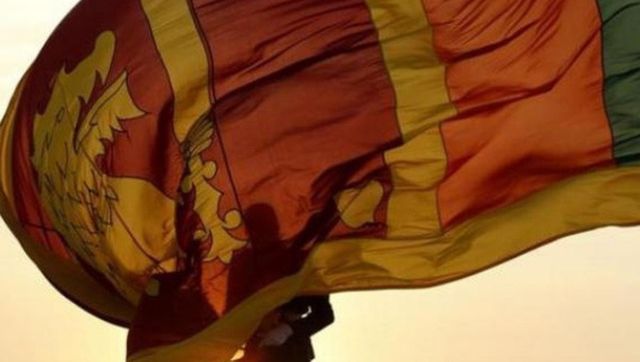Cash-strapped Sri Lanka has paid the first instalment of $50 million against a loan obtained from Bangladesh under a currency swap agreement in August 2021. The repayment comes after an extended period of nearly two years, reflecting the challenges both nations have grappled with. In August 2021, in a bid to alleviate Sri Lanka’s foreign exchange crisis, Bangladesh extended a lifeline in the form of a $200 million loan from its foreign exchange reserves. Originally planned to be repaid in three instalments within nine months, the repayment schedule was repeatedly extended over the course of about 27 months, according to a statement by a central bank official. The current extension of the repayment schedule is set to expire in September, as disclosed by the official. The initial instalment, totalling $50 million, was sent by Sri Lanka on 17 August and has now been added to the foreign exchange reserves of the country. Mezbaul Haque, spokesperson for the Bangladesh Bank, expressed optimism about the repayment process, stating, “Another instalment is scheduled to be paid on August 30. The Bangladesh Bank is hopeful that the entire loan will be paid back this year.” Under the terms of the currency swap deal, Sri Lanka is committed to repaying Bangladesh with an interest rate of 1.5% in addition to the London Interbank Offer Rate (LIBOR) against the loan. Notably, the current LIBOR rate stands at 5.42 per cent. Along with the first instalment, the island nation has honoured this agreement. To date, Sri Lanka has disbursed $51 million to Bangladesh, with $1 million attributed to loan interest. The remaining obligations include the return of $100 million later this month, followed by the final instalment of $50 million, which matures in September. Sri Lanka, which encountered its first-ever sovereign default in April 2022, has engaged in negotiations with the International Monetary Fund (IMF) for a financial lifeline amounting to $2.9 billion. This strategic move aims to manage the dire economic crisis stemming from a scarcity of foreign exchange reserves. An integral aspect of the IMF bailout is the restructuring of external debt, a task that must be completed by September. Remarkably, Sri Lanka reported a drop in inflation to 6.3%, a single-digit figure for the first time in two years, potentially providing relief to its citizens amid the prevailing financial crisis. The nation’s foreign exchange reserves have shown improvement, partly due to increased dollar receipts from tourism and remittances. These positive developments, coupled with progress on debt restructuring and the IMF bailout, have raised hopes for a positive turnaround. Around September, the multilateral lender will conduct its inaugural review of the $3 billion loan program. Sri Lanka’s foreign exchange reserves, which stood at $1.9 billion at the close of the previous year, have nearly doubled to $3.7 billion as of the end of June this year. The increase is emblematic of the country’s concerted efforts to regain its economic stability.
In August 2021, in a bid to alleviate Sri Lanka’s foreign exchange crisis, Bangladesh extended a lifeline in the form of a $200 million loan from its foreign exchange reserves
Advertisement
End of Article


)

)
)
)
)
)
)
)
)



